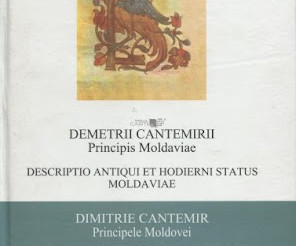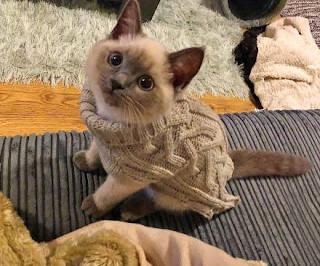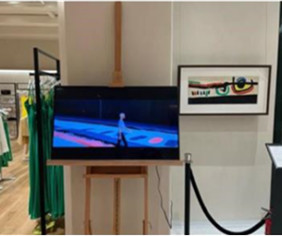When is a derivative work original and thus protectable by copyright? Classicist’s critical edition makes its way to Luxembourg in fresh Romanian CJEU referral
The IPKat
JANUARY 17, 2024
Translated into copyright language: a critical edition is an example of derivative work. In 2017, the Regional Court of Bucharest held that the defendants had infringed the professor’s moral right of attribution. Despite (or rather because of ?) In my view, this is so even for reasons beyond the question of originality.












Let's personalize your content